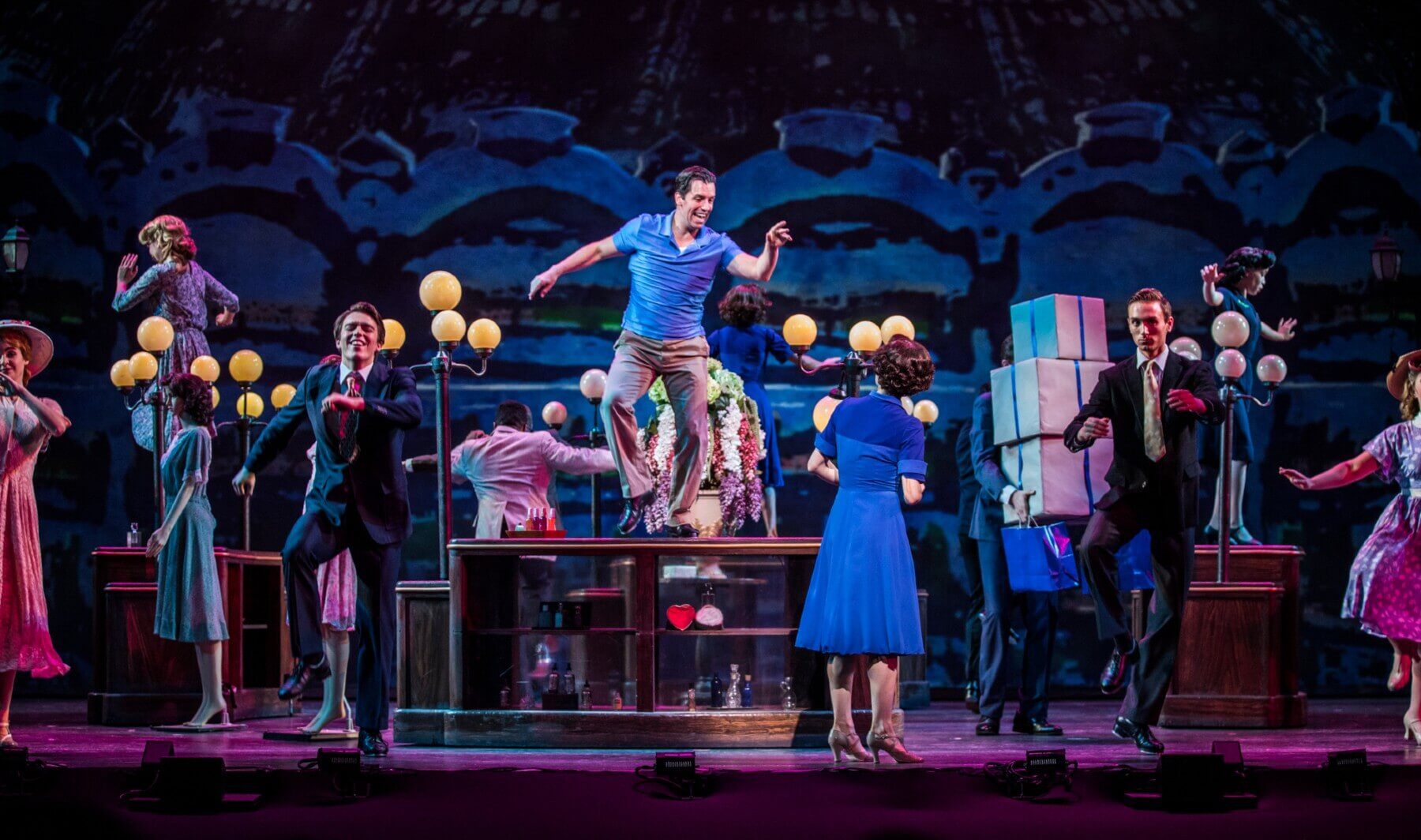The previous issue of the Monday Digest Newsletter featured a revealing article based on TRG’s Benchmark data, indicating that, as a sector, ticket prices need to rise another 10% just to catch up to the 29% higher costs since 2019. This necessary increase often generates organizational anxiety or worry that sudden price hikes might dampen demand. A common reactionary strategy is discounting. Yet, there is a strategic way to discount that can actually be beneficial, and a misguided way that can be detrimental. It’s crucial to distinguish between incentivizing desired audience behaviors and simply eroding the perceived value of your offerings.
The Don'ts
Papering the Hall: The most common misstep in discounting is the last-minute, deep discount to fill seats. This is a short-sighted decision that has longer term consequences, like making an impulsive big purchase on a credit card with high interest that you’ll be making payments on later. This approach not only penalizes those who purchased their tickets early—exactly the behavior you want to encourage—but also conditions your audience to delay purchasing in anticipation of possible late discounts. It diminishes your brand and the perceived value of your events, reducing demand and ultimately lowering both prices and advance bookings.
Discounting Without Data: Discounting without the backing of solid data is setting prices in the dark - its guesswork. Without market competitor analysis, audience segmentation, and behavior tracking, discounts are shots in the dark too. These discounts can lead to decisions that don’t align with your strategic goals, failing to resonate with your audience segments or advance your organizational objectives. Employing a data-driven approach is essential, utilizing analytics that incorporate customer demographics, buying behaviors, and competitor pricing strategies.
The Dos
Strategic Discounting: Effective discounting is strategic. It should be used as a tool to manage demand and reward behaviors that align with your organization’s goals. Early bird specials, for instance, incentivize early bookings, improving cash flow and reducing attendance uncertainties. Off-peak discounts can help ensure a steady audience throughout the season.
Loyalty and Multi-Buying Programs: Loyalty programs reward repeat customers and provide valuable insights into customer preferences and behaviors. This data can tailor marketing efforts and strengthen audience relationships. For example, theaters might offer a discount or perk for a patron’s fifth ticket purchase or exclusive access for frequent attendees.
Dynamic Pricing: Adapting prices based on real-time supply and demand can optimize revenue and attendance rates. This approach rewards early purchasers with lower prices and adjusts rates to reflect increasing demand closer to the event date, aligning pricing with audience willingness to pay.
Perception of Success: Scale plans and inventory management should be employed to fill your venue in a way that contributes to the overall perception of value and success. Holding back some of your seating inventory at the on-sale and releasing more with demand allows you to offer hard to fill seats at a discount while earning more on popular seating areas. Especially when paired with dynamic pricing, the higher priced tickets encourage early booking while enhancing the attractiveness of the mid-range and lower-priced tickets, providing your audience with accessible options.
Impact in Action
Mānoa Valley Theatre
Results from Mānoa Valley Theater’s 22/23 season showcase the successful application of these principles. Their strategic pricing and demand management approach resulted in a 15% increase over their budgeted per capita revenue from a budgeted $26.92 to an actual $30.99 across six mainstage shows. Their early discount campaign for a summer blockbuster also demonstrated substantial results, with a 15% response rate and 10% of total revenue generated from this initiative alone, before general ticket sales began.
Theatre Royal Plymouth

Theatre Royal Plymouth’s membership program vividly illustrates the financial benefits of encouraging customer loyalty and multi-buying through pricing, with members significantly outspending non-members across various levels of engagement. Members at their ‘Executive’ level spend about 185% more annually than non-members, highlighting the program’s efficacy in fostering revenue growth. This pattern is even more pronounced at other membership tiers, with ‘Ambassador’, ‘Associate’, and ‘Director’ levels spending 269%, 270%, and 264% more, respectively.
Check out the full case study to learn more.
Conclusion
These discounting strategies, when applied thoughtfully, do not just fill seats, they enhance the sustainability of your organization by building audience loyalty and therefore recurring revenue. Let these successes inspire you to make the price increases that you need to while still considering how strategic discounting can be part of a broader, data-driven approach to not just surviving, but thriving in today’s arts sector.


